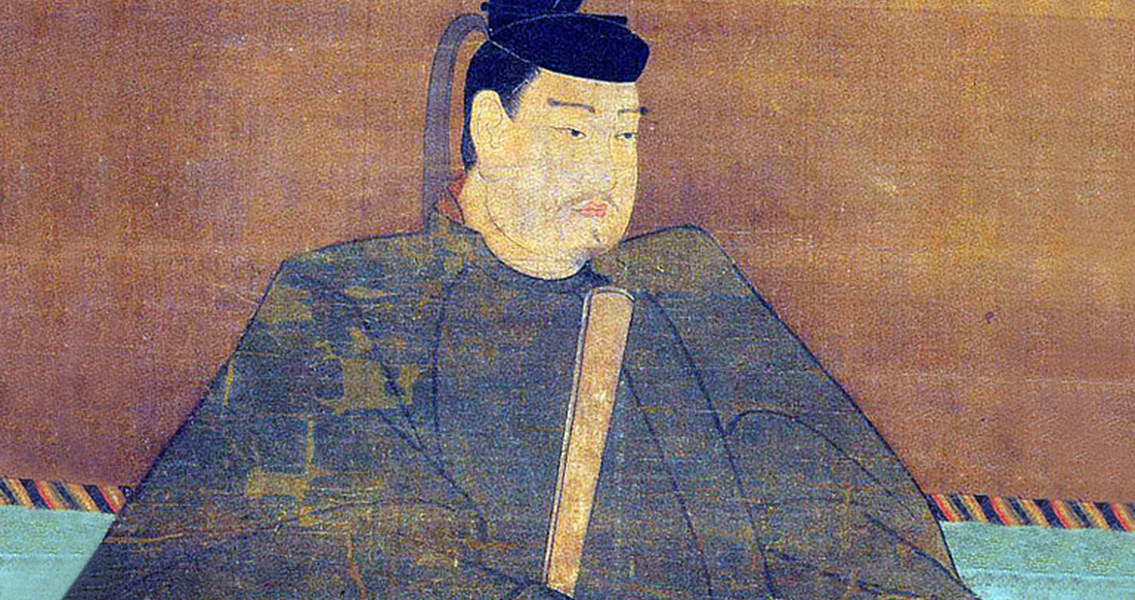<![CDATA[A large stone-paved moat has been found in Asuka, Nara Prefecture, Japan. Archaeologists speculate it to be part of a burial mound for an ancient emperor. This finding adds to other fascinating discoveries that have been made in the small village of Asuka. According to The Asahi Shimbun, a Japanese newspaper, the remains of the moat found in Koyamada measure 48 metres long and 3.9 to 7 metres wide. It is lined with 40 cm quartz diorite stones on its northern incline, while the southern slope is covered with flagstones in a staircase pattern and the base with smaller rocks. The research team believes that the moat forms the outer layer of a square burial mound, with each side measuring 50 to 80 metres. The Japan News reports that if it is indeed a tomb, it would be the largest ancient rectangular tomb discovered in Asuka, larger than the famous Ishibutai grave that measures 50 by 50 metres. The Ishibutai Kofun is the largest known megalithic structure in Japan and is believed to be the grave of Umako, a powerful leader of the Soga clan. The moat has been dated to sometime in the seventh-century, and based on its characteristics, is believed to be part of a tomb for an ancient emperor. "The mound is likely the first burial site of Emperor Jomei (593-641), written in the 'Nihon Shoki' as the spot his body rested until it transferred to another location," Fuminori Sugaya, chief of the Archaeological Establishment of Kashihara, told The Asahi Shimbun. According to Princeton University, Emperor Jomei was the 34th emperor of Japan and reigned for 13 years. Until now, he has been commemorated at a memorial Shinto shrine at the Dannozuka burial mound in Sakurai, Nara Prefecture. The Imperial Household Agency considers this area as Jomei's mausoleum. This could change if researchers confirm that the recently discovered mound belonged to Jomei. The Japan Times reports however, that some experts do not believe that the newly discovered burial mound belonged to Jomei. Instead, they suggest it could have been the grave of Emishi (unknown - 645 CE), a statesman of the Yamato Supreme Court and member of the powerful Soga clan. The recent discovery of the moat was preceded by another fascinating discovery in Asuka. Last year, archaeologists found a mound containing a pyramid-shaped tomb, dated to the later half of the sixth century. Researchers uncovered stepped stone layers that had been hidden underneath the grassy mound. Asuka is known as an ancient area with a fascinating history. Its origins date back to the Tumulus Period (250-552 AD), known as Kofun jidai, which means 'Old Mound period'. This era was defined by a specific kind of burial which was popular at the time, specifically, key shaped mounds surrounded by moats. It is also noted for its various megalithic structures. The largest and most enigmatic of these carved stones is the Masuda-no-iwafune, meaning the 'rock ship of Masuda'. Very little is currently known about this and other megalithic structures in Asuka. Image courtesy of Wikimedia commons user: Barakishidan ]]>
Moat Discovered in Japan Could Be Ancient Burial Mound
